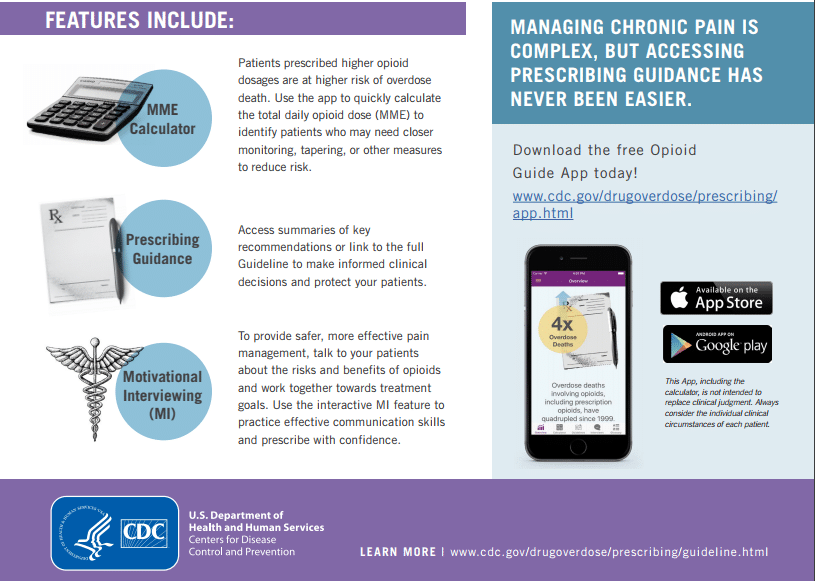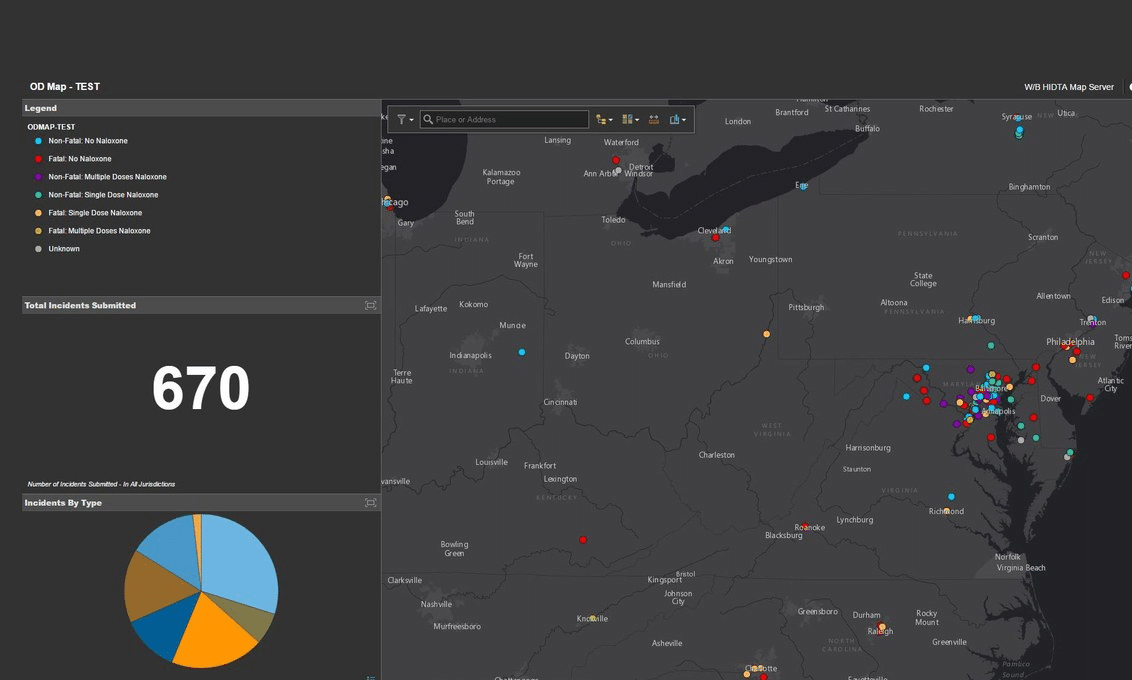Facing a rapidly worsening opioid epidemic, federal health organizations are turning to new technology to fight the growing problem. Leading the way, the Centers for Disease Control and Prevention (CDC) has created a mobile application called the CDC Opioid Guideline Mobile App.

The app features a Morphine Milligram Equivalent (MME) calculator that helps give prescription recommendations, and lets health providers practice effective communication skills. It is free and available to download on any smartphone. The CDC is optimistic that the app will help manage the legal distribution of opioid drugs more efficiently.
Cities across the U.S. have also found ways to tackle the opioid epidemic using new technology in their local communities. The Overdose Detection Mapping Application Program (ODMAP) helps first responders and public health officials locate areas where overdoses are happening. It also helps predict potential opioid drug trafficking areas.

The ODMAP app was created by the Washington D.C. and Baltimore High-Intensity Drug Trafficking Area (HIDTA). Law enforcement and health officials have found opioid drugs in areas where they never could find a correlation to the distribution of the drugs. First responders have basic information to fill out as Level I users. They can choose the extent of the overdose and whether or not they administered naloxone. Police have further access to the application where they can enter the victim’s date of birth, history of overdose, which drug the victim overdosed with, and witness information. Police can also save pictures of the evidence and drug paraphernalia at the scene of the overdose. Although the app is currently private and has not been shared with states outside of the Washington Metropolitan area, the app’s creators are hopeful that the app will one day help the entire nation.
Chicago-based Triggr Health has created an app to guide the user’s behavior during recovery. The app tracks screen engagement, texting patterns, drug preference, and red flag words such as “craving” or “stress.” All of these factors help the app predict if someone is at risk of relapsing. If relapse is detected or the user has not interacted with the app for an entire day, the user is contacted by either the recovery team or other support personnel.
[infogram id=”opioid-timeline-1gq3plxrrnz6p1g”] Infogram: KPRC Click 2 Houston.
While new technology has shown much promise in fighting the opioid epidemic, organizations have also used traditional technology, such as television and phones, as a effective means to connect with local communities. In Houston, TX, The Council on Recovery recently teamed up with the Menninger Clinic and the Baylor College of Medicine during KPRC Channel 2’s broadcast of “Opioid Nation: An American Epidemic.” Licensed counselors and health professionals staffed a live phone bank throughout the one-hour program, as well as during KPRC’s afternoon and evening newscasts. The phone bank staff answered caller questions and concerns about opioid addiction and provided information on where to get help.
The Council on Recovery offers the most effective treatment options including Healing Choices, our intensive outpatient treatment program, and our Relapse and Renewal Clinic. Call 713.942.4100 for more information or contact us online.
